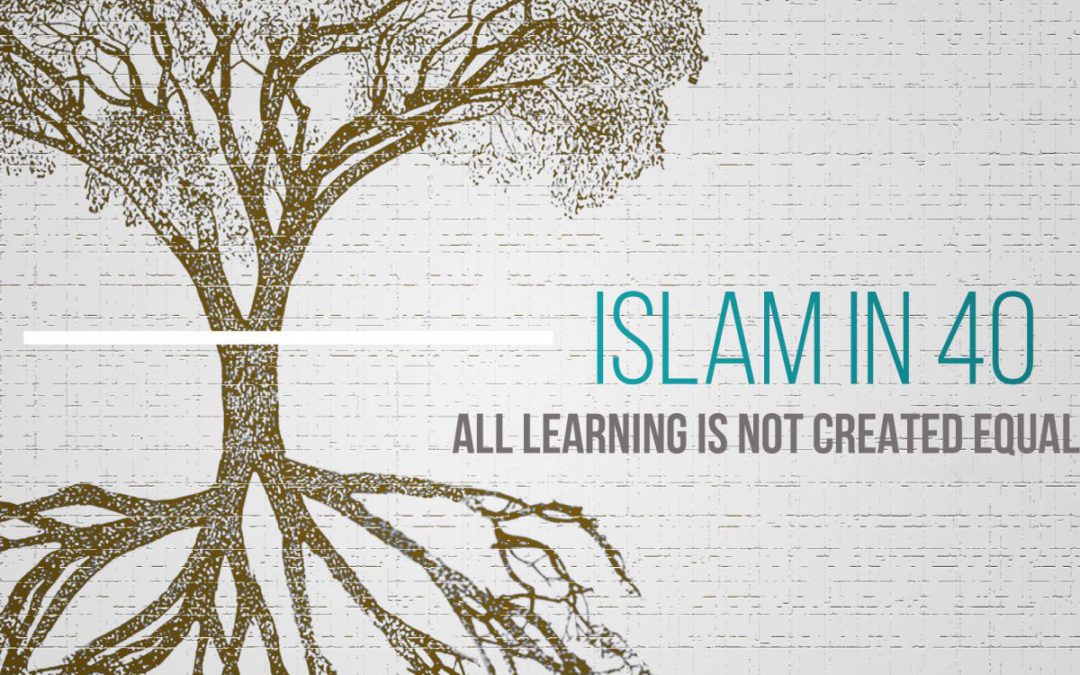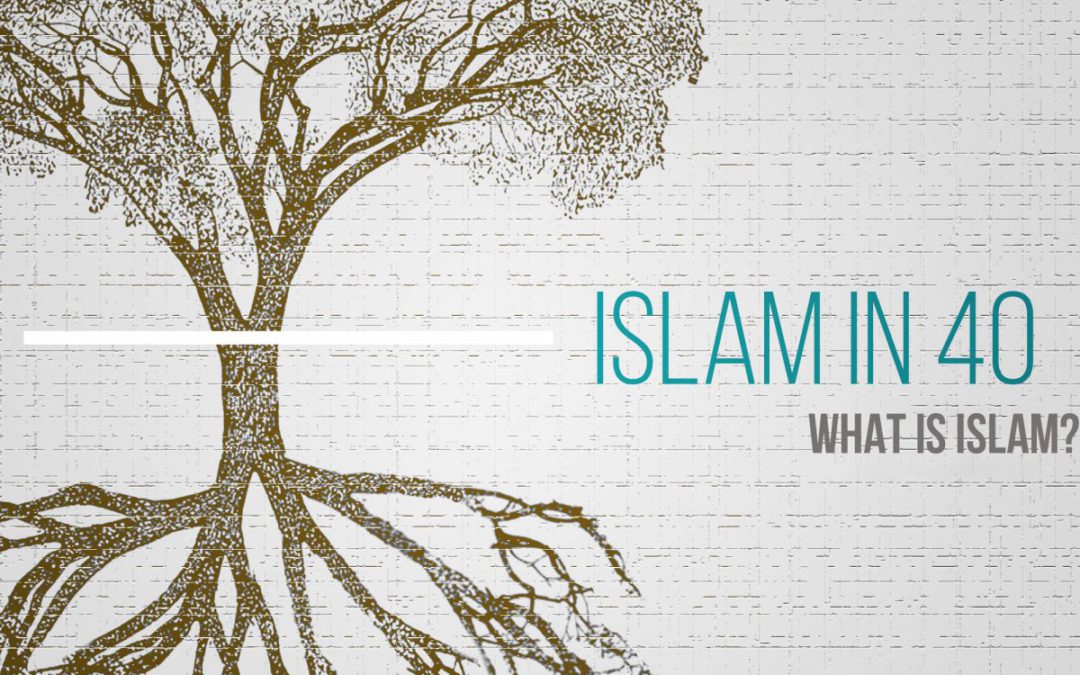
All Learning is Not Created Equal
In the last post, I wrote about hadiths #2 and #3 – that Islam is built on a statement of belief, a set of physical rituals, authentic beliefs and sincerity in orienting oneself to God. But those elements are not the totality of Islam, but rather the foundation of it. “Islam” is a set of actions and behaviours built on those foundations.
In this post, I will digress briefly from the topic of understanding Islam holistically to highlight an important detail. Of the companions of the Prophet peace be upon him, there are those who were prolific in their narrations of hadith such as Abu Hurayra, Ibn Abbas, Al-Sayyeda A’isha, Anas Ibn Malik and others and all of them are represented in the Nawawi collection.
The most prolific hadith narrators (in order of number of ahadith narrated, Abu Hurayra, Ibn Umar, Anas, Aisha, Ibn Abbas, Jabir and Abu Said may God be pleased with them), narrated 21 of the 42 ahadith in the Nawawi collection. The remaining 21 – half of the collection – was narrated by other companions, some of them far less known.
Of those ahadith, some names stand out: Mu’ath Ibn Jabal, Abu Dharr and ‘Umar ibn Al-Khattab, may God be pleased with them stand out for having narrated 2 ahadith each, that are at the heart of Islam. But it is ‘Umar ibn Al-Khattab who truly stands out even in this select company. If we accept that Al-Nawawi organized the ahadith in some order, ‘Umar narrates the two ahadith at the very beginning of the collection.
Why is this detail important? All learning is not created equal. Even in that select company of the people around the Prophet peace be upon him, some listened for the very important sayings of the Prophet peace be upon him and committed them to memory and committed to sharing them with others.
In our own lives, we should try to exemplify that principle: Look for the best of the pearls. Commit them to memory; share them with others.



